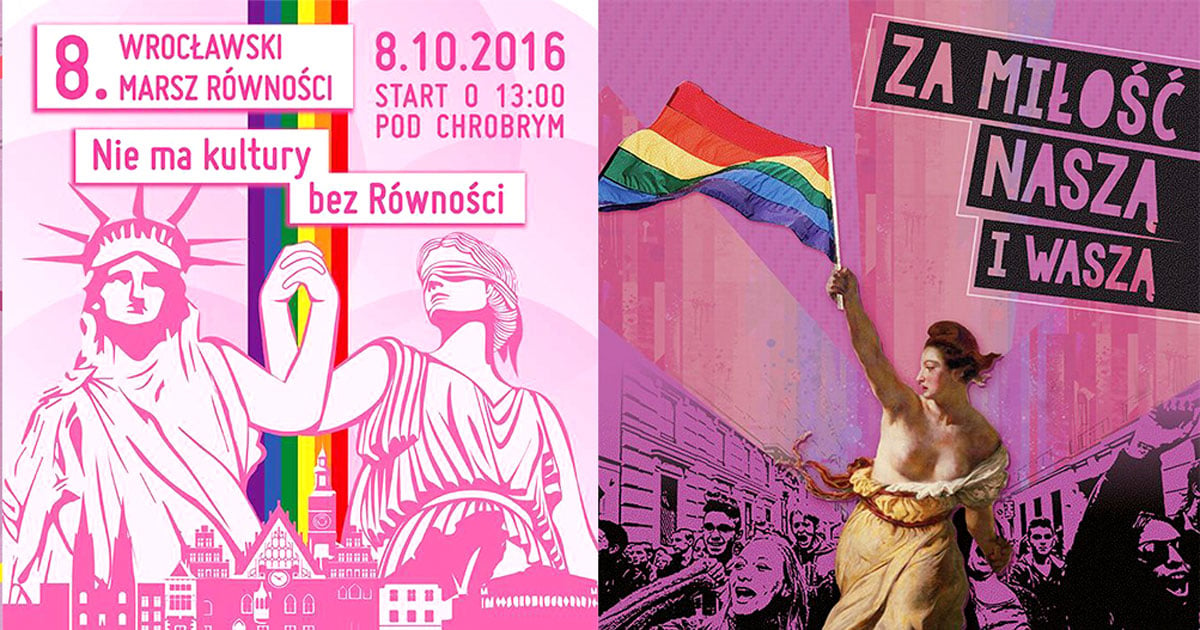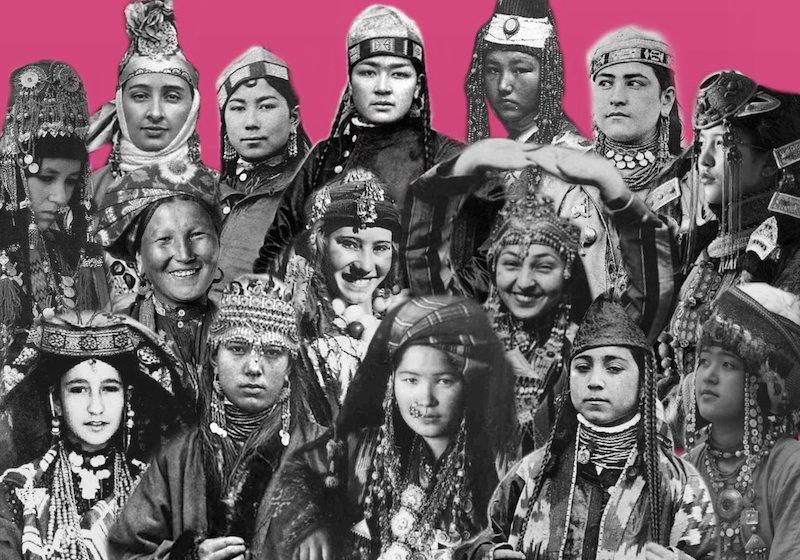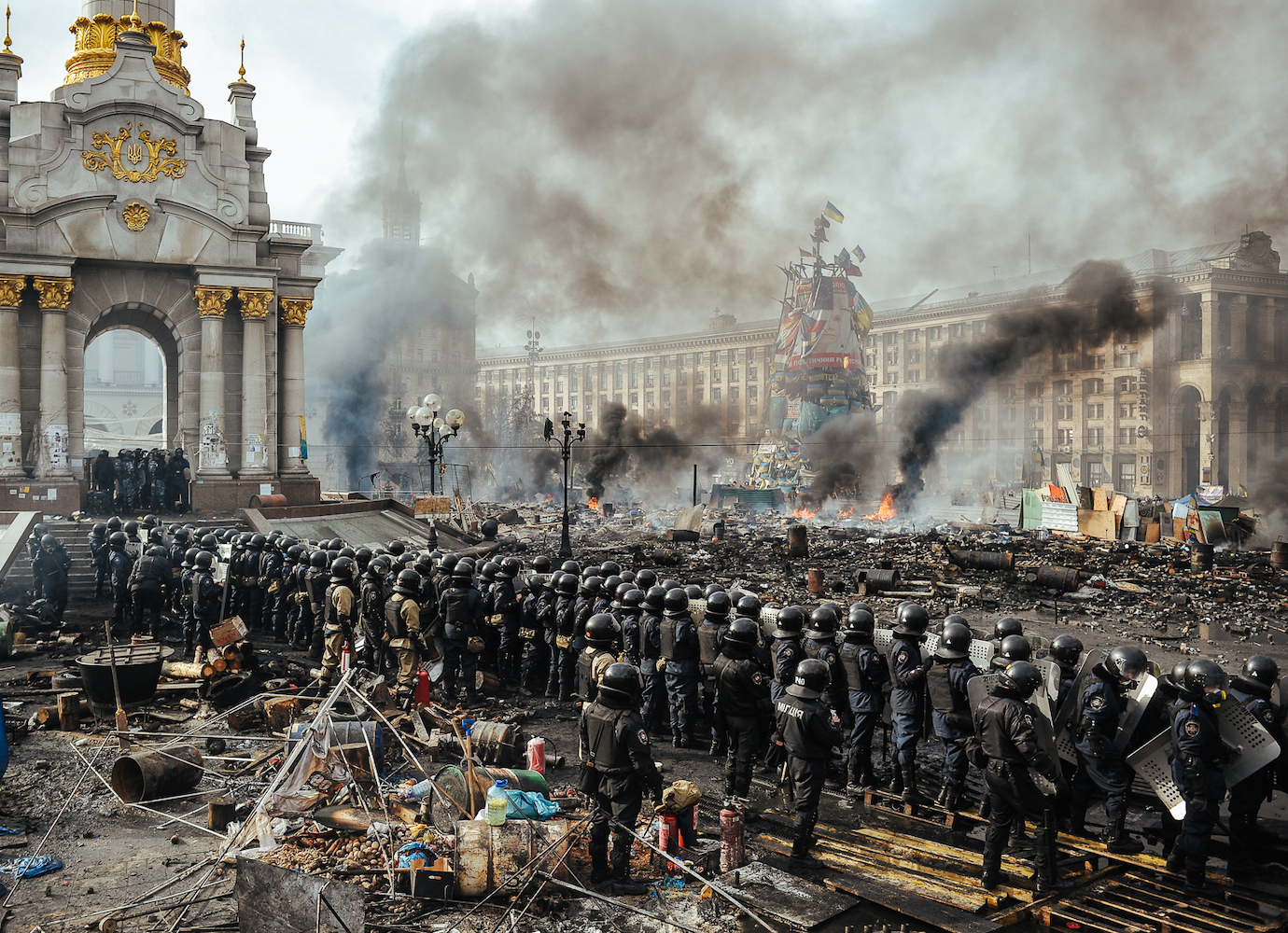How digitising Tajikistan’s heritage is connecting a scattered diaspora
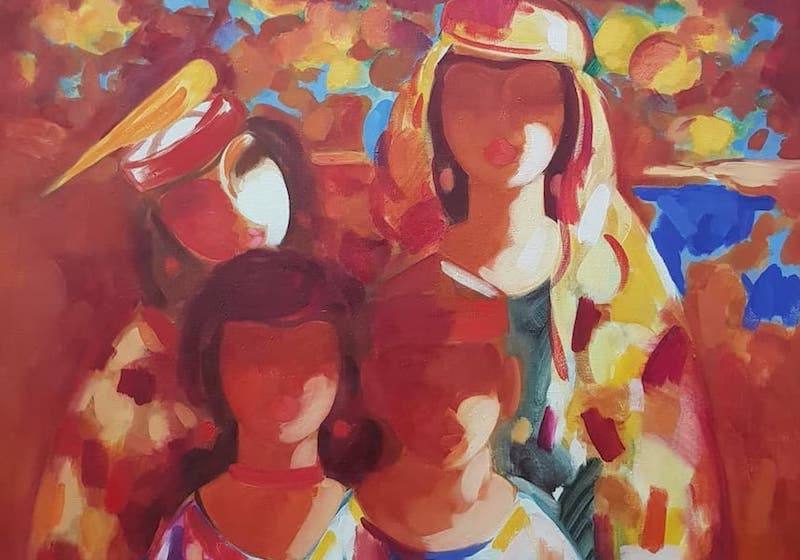
Covid-19 has pushed culture into the digital realm. The newly-formed Tajik Culture Centre is using this new online focus to reach out to millions of Tajiks across the world — many of whom are left culturally stranded while working abroad.
Tajiks are a nation in perpetual transit. More than a million people from Tajikistan migrate every year to study and work in Russia, Turkey, Kazakhstan, and elsewhere — a huge proportion for a country with a population of just nine million. Between 2016 and 2020 alone, some 200,000 Tajiks received Russian citizenship, many leaving their homeland permanently.
This mass emigration in search of better opportunities does not just tear into Tajikistan’s social fabric, but it also fuels a cultural disconnect. Both those who leave Tajikistan temporarily and those who emigrate for good speak of desperately missing their culture and leaving part of their identity behind. Many turn to religion in their search for an identity, cultural solidarity, and a sense of belonging. Meanwhile, the Covid-19 pandemic has shut borders, exacerbating this sense of rootlessness still further by keeping Tajik migrants from returning home.
The crisis has sparked new efforts to connect Tajiks around the world to their culture. In early 2020, Masud Khalifazoda, the Tajik ambassador to the UK, reached out to movie director and poet Anisa Sabiri, with an idea to open the Tajik Cultural Centre (TCC): a cultural centre in the UK that would help connect English-speaking audiences to Tajik culture. “We planned to hold our first events in London, but the pandemic disrupted our plans. We, however, didn’t give up and decided to move online,” recalls Sabiri.
The success of their first digital exhibition, Art of the Silk Road, convinced the TCC team that they had tapped into something promising: by digitising Tajik culture, they could make it available across the diaspora anywhere in the world. “Tajiks live across the globe. TCC is trying to satisfy their thirst for their culture and digital is the right format for it. A digital format is the only adequate one to document the fluidity of culture, especially in the current era of globalisation. We find such online documentation of culture incredibly important,” explains Sabiri.
The centre’s flagman project is a 3D visualisation of Sarazm; a settlement dating back to 3,500 BC in western Tajikistan. Sarazm is widely considered one of the oldest known settlements in Central Asia and has been included on the list of UNESCO World Cultural Heritage Sites. Now, visitors from across the globe can walk through its digitally rendered rooms, filled with both period objects and information on the lives of those who once lived there. “To restore a complete and reliable picture [of Sarazm], we used not only published works, but also archival materials: plans, drawings, and sketches. We tried our best to place the artefacts where they were found,” says Bobomullo Bobomulloev, who leads the archaeological examination of the ancient city.
Getting to Tajikistan from abroad is an expensive and long journey, and even internally, people rarely find an opportunity to travel across the small but mountainous country to take in archaeological monuments in person. Those who do might have a hard time grasping the significance of a place like Sarazm. “Sarazm is a collection of ruins and I recall many instances of having to explain the significance of these ruins to tourists when I worked as a guide,” laments Sabiri. “The potential of this sort of 3D visualisation is big and it could turn into a whole virtual museum of Tajikistan’s culture or further efforts to visualise the country’s ancient cities.”
TCC has also launched an online publication, Tajik Culture Online, which went live in early April of 2021. The website has all the marks of a culture magazine — including pages dedicated to Tajikistan’s mouth-watering cuisine, travelling round the country, and plenty of colourful photography — but what sets it apart is its emphasis on multimedia storytelling.
Mass migration does not just tear into Tajikistan’s social fabric, but it also fuels a cultural disconnect. Both those who leave Tajikistan temporarily and those who emigrate for good speak of desperately missing their culture
“Many of Tajikistan’s cultural monuments have not survived. Using multimedia helps bring them back and show how incredible they are. It’s also flexible and attractive to young people,” explains Sabiri.
The TCC team has ambitious plans for their magazine, including a series of video lectures for those who want to study the Tajik language, and coverage of Tajikistan’s immense tourism potential. “We have so much room for growth. There’s a lot of material for us to work with and I believe that our project is of national importance,” concludes Sabiri.
Check out the Tajik Culture Online website here.
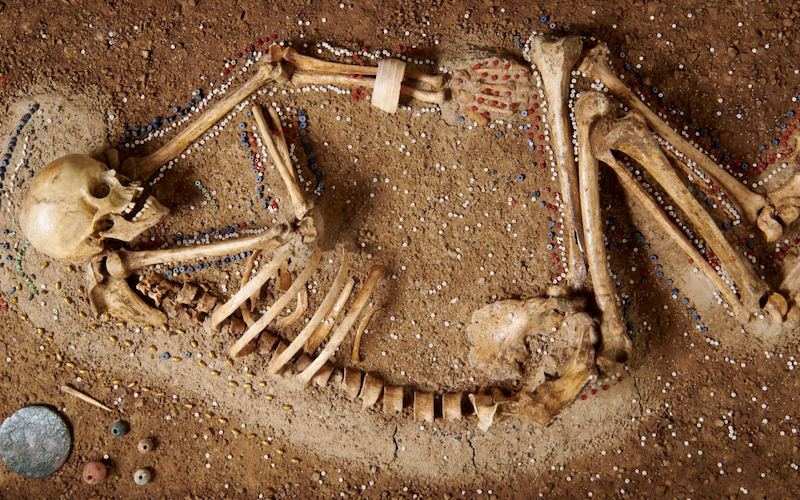
_2.jpg)
